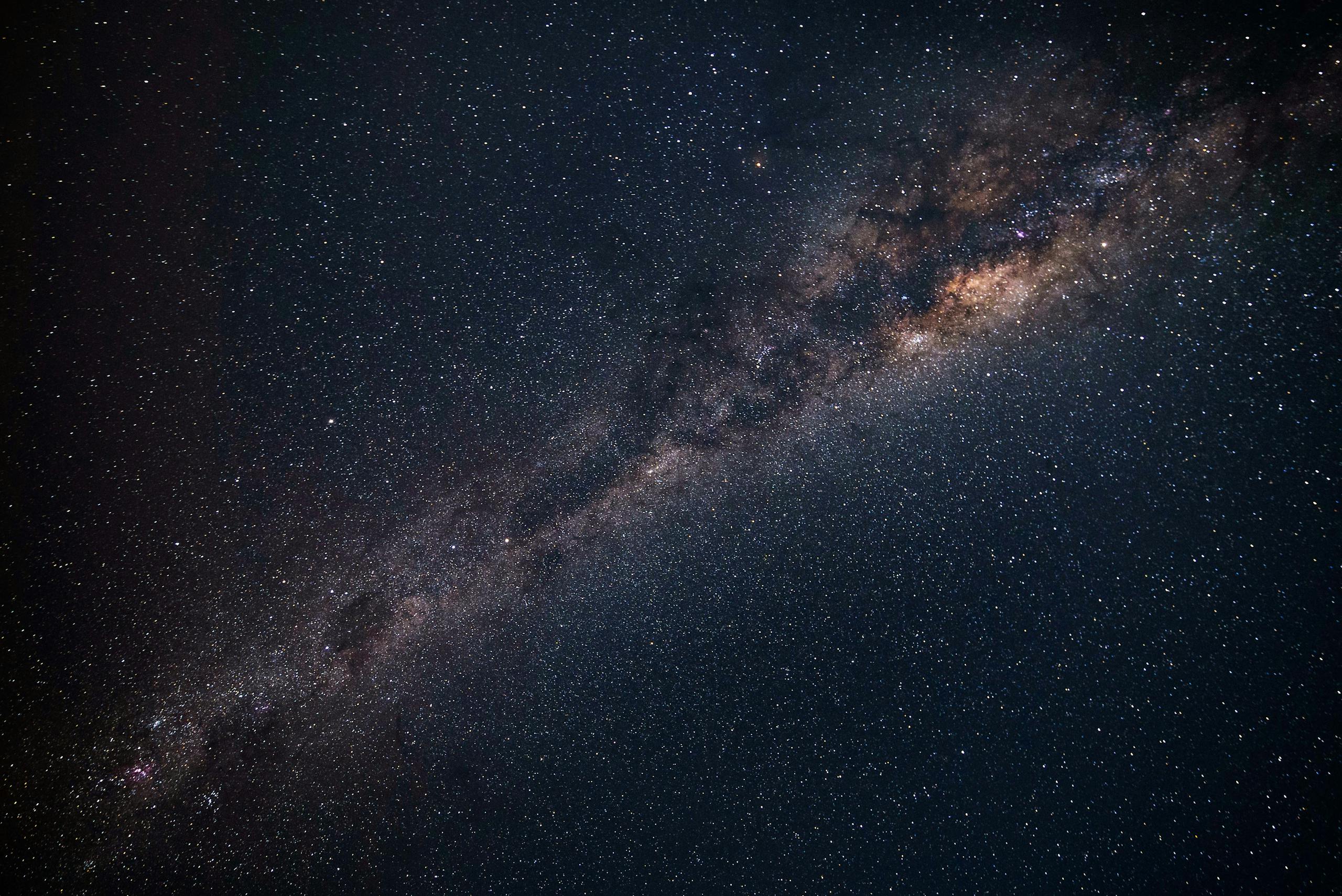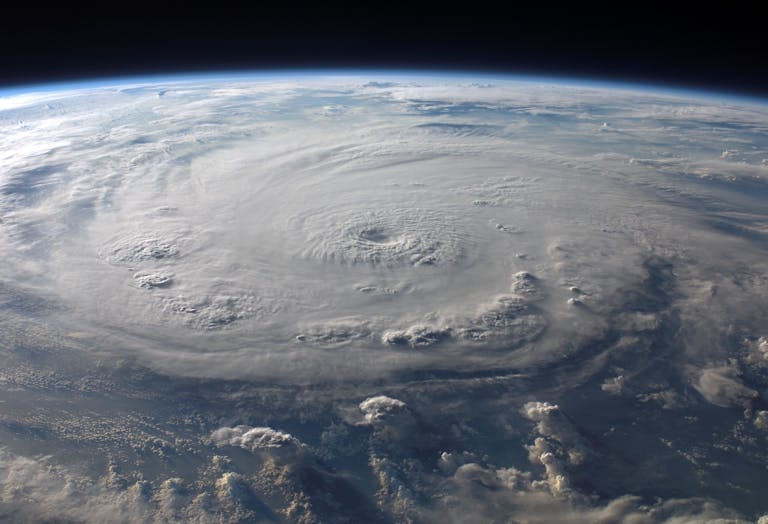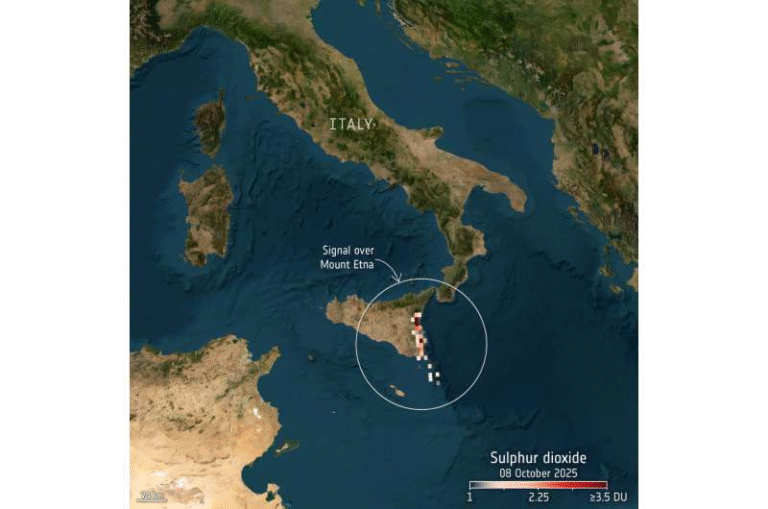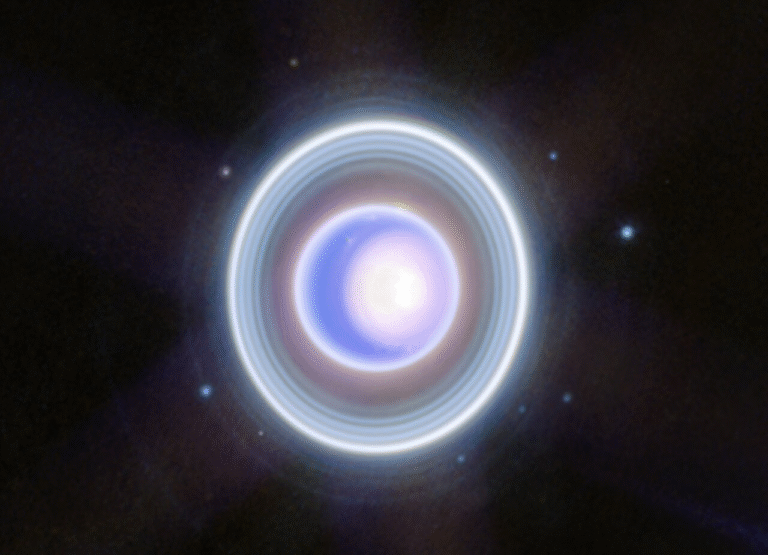Are We Living in the Solitude Zone of the Universe?

Are we alone in the universe? It’s one of the biggest and most persistent questions in science. For decades, astronomers and thinkers have wrestled with this puzzle, using tools like the Fermi Paradox and the Drake Equation to estimate the odds of intelligent life elsewhere. Now, a new study introduces a fresh perspective — a concept called the “Solitude Zone.” It’s not a place, but a statistical window that might explain why we haven’t yet found other civilizations — and why it’s possible that we’re the only one of our kind right now.
The study comes from Dr. Antal Veres of the Hungarian University of Agriculture, published in the journal Acta Astronautica. His framework takes inspiration from classic ideas in astrobiology and reframes them into a single probabilistic model — one that can actually estimate how likely it is that only one civilization (like ours) exists in the entire observable universe.
Understanding the Solitude Zone
The Solitude Zone isn’t a physical region in space. Instead, it’s a statistical balance point — a range of probabilities where it’s more likely that there is exactly one civilization at a given level of complexity than there are multiple, or none at all.
In simpler terms:
- On one side of the scale, life is so common that many civilizations exist.
- On the other side, life is so rare that none exist.
- Somewhere in between lies a “sweet spot” — the Solitude Zone — where exactly one civilization exists at that specific level of technological advancement.
This framework helps explain why we might find ourselves alone for now, even if life is possible elsewhere. It’s not that we’re special, but that the numbers may just work out that way.
Key Building Blocks of the Model
Dr. Veres’ approach builds upon several major scientific concepts. To understand how the Solitude Zone works, you need to know four key ideas:
- Complexity:
This measures how advanced or intricate a lifeform is, from simple single-celled organisms all the way to what he calls “post-biological intelligence” — beings or entities beyond biological life. The complexity scale is open-ended, running from 0 to infinity. - Existence Likelihood:
The probability that at least one civilization of a certain complexity exists somewhere in the universe. - Emergence Probability:
The probability that a civilization of that level of complexity arises only once in all the universe — meaning we’d be that single case. - Number of Potential Systems:
This factor scales up the famous Drake Equation, which originally focused on our galaxy, to the entire observable universe. Using estimates, Dr. Veres sets this number at around 10²⁴ — that’s roughly one septillion potential Earth-like planets where life could exist.
Combining these factors, Veres calculates where the probabilities line up such that the existence of one — and only one — civilization becomes statistically favored.
How It Ties to the Fermi Paradox and the Drake Equation
The Fermi Paradox asks a simple question: if the universe is so vast and old, and if there are countless planets, where is everyone?
The Drake Equation, on the other hand, tries to estimate how many civilizations might exist by multiplying probabilities related to star formation, planet habitability, and the evolution of intelligent life.
The Solitude Zone takes this further. Instead of just asking how many civilizations exist, it asks: how likely is it that there is exactly one civilization like ours? This shift in framing helps visualize a key middle ground between absolute isolation and a teeming galaxy of civilizations.
The Role of Great Filters and the Kardashev Scale
To build the Solitude Zone model, Veres also draws from two other well-known frameworks:
- Great Filters:
These are the major evolutionary or technological hurdles that life must pass to reach higher levels of advancement. Examples include the jump from non-life to life, the leap from single-celled to multicellular organisms, or the survival of self-destructive technologies. If one of these filters is particularly tough, very few civilizations make it through — and that scarcity contributes to the Solitude Zone. - Kardashev Scale:
Proposed by Soviet physicist Nikolai Kardashev, this scale measures a civilization’s advancement by how much energy it can harness.- Type I: Uses all the energy available on its home planet.
- Type II: Uses all the energy from its star.
- Type III: Uses all the energy in its galaxy.
Humanity currently ranks at about 0.7 on this scale — not yet planetary masters, but on our way there.
The Solitude Zone connects these ideas by examining how civilizations at different Kardashev levels might find themselves statistically alone.
What the Numbers Say
To test his model, Dr. Veres ran four simulation scenarios, each representing a different view of how life might emerge in the universe:
- Astrobiological Optimism:
Life evolves easily and frequently on many worlds.
→ Result: Almost zero chance of solitude. There would be many civilizations. - Evolutionary Hard Step:
Life’s early stages (like forming from chemistry) are extremely unlikely.
→ Result: Again, near-zero chance of solitude — but for the opposite reason: it’s more likely that no civilizations exist at all. - Rare Earth Hypothesis:
Complex life is very rare but not impossible — Earth was lucky.
→ Result: A 29.1% chance that we are in the Solitude Zone. - Critical Earth Hypothesis:
A refined version of the Rare Earth scenario, where conditions align almost perfectly once.
→ Result: The probability increases slightly to 30.3%.
Even in the most optimistic version, the chance of solitude never exceeds 50%. Statistically, it’s still more likely that there are multiple civilizations or none at all than exactly one.
Interestingly, Veres also found that as a civilization’s complexity and technological level rise (moving up the Kardashev Scale), the likelihood of being in a Solitude Zone increases. In other words, ultra-advanced civilizations may be more likely to exist alone at their level — simply because it becomes harder and rarer to reach that point.
Why This Matters
The Solitude Zone gives us a new way to frame an age-old question. Instead of asking “Are we alone?” in binary terms, it encourages us to think statistically — to understand that loneliness in the cosmos might be a temporary condition or a natural outcome of how life spreads and evolves.
It also helps clarify why we haven’t yet heard from anyone else. If we really are sitting inside that 30% window of solitude, then there could be other intelligent species out there — just not at the same complexity level or time frame as us. Some may have existed long before humanity; others might rise long after we’re gone.
This concept also hints at something profound: the rarity of consciousness and technology may make each civilization — including ours — an extraordinary statistical event in the universe’s history.
The Bigger Picture: What We Can Learn
The Solitude Zone doesn’t claim we’re special — it just says we might be alone, for now. It also underscores how fragile and precious our existence is. If the factors that led to intelligent life are so finely balanced, our survival might be part of that ongoing cosmic lottery.
It also emphasizes that our detectability window — the time during which other civilizations could notice us — is short. Even if the universe is full of life, civilizations might not overlap long enough to communicate or recognize one another.
The Bottom Line
Dr. Veres’ Solitude Zone model doesn’t solve the mystery of alien life — but it adds an important layer of nuance. It shows that being the only civilization of our kind isn’t impossible or mystical; it could simply be a matter of math.
There’s still a much higher chance that either multiple civilizations exist or none do, but in between lies a small window — a place where one intelligent species might look out into the cosmos and find silence.
Maybe, right now, that’s us.
Research Reference:
Veres, Antal. The Solitude Zone: A Probabilistic Window for Singular Lifeform Existence. Acta Astronautica (2026). DOI: 10.1016/j.actaastro.2025.09.082




